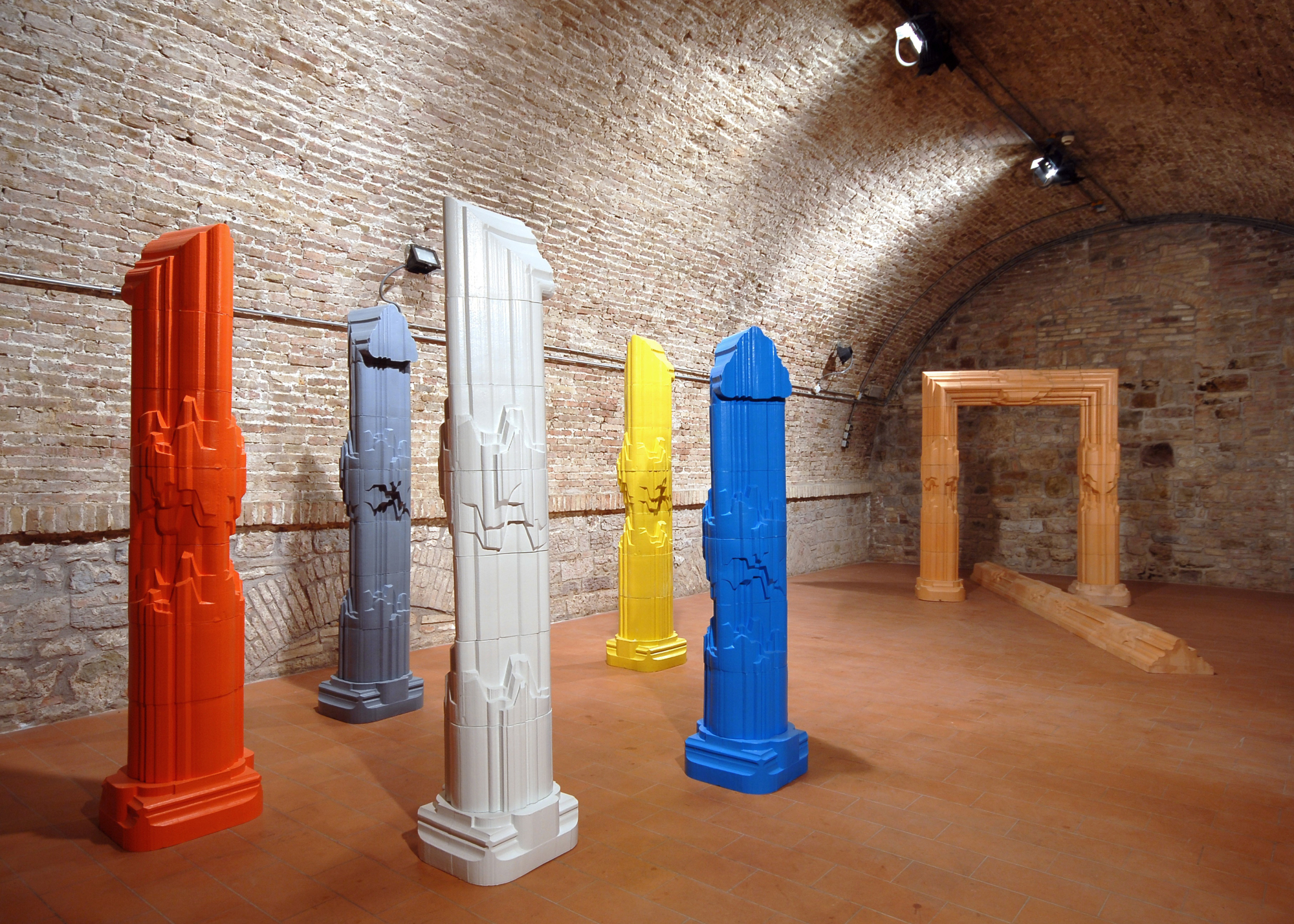The Nino Caruso (1928-2017) retrospective "Forms of Memory and Space" at the National Museum of Modern Art, Kyoto (MoMAK) is solicitous to celebrate both the art and industrial elements of the Italian postwar ceramist-cum-sculptor's oeuvre. More than 100 works, documents and designs have been selected to capture his preferences for art and commercial applications over art-world trends.
Caruso was born in Libya, then an Italian colony. While on a summer holiday to the Adriatic coast in 1940, the hostilities of World War II left the young Caruso unable to reunite with his family for years. Later, when back in Tripoli in 1947, he worked at an automotive plant as a mechanical turner, before being expelled in 1951 for political activities involving the Communist Party.
It was in Rome that Caruso embarked on a ceramist's career. His first solo exhibition in 1956, however, fell victim to a fire. Nevertheless, international recognition followed. His "Archaic" series favored comparatively conservative vessels formed from coiled clay and rough glazes inspired by Greek amphorae, decorated with human figures, as represented in the MoMAK exhibition by "Embrace" (1957).



















With your current subscription plan you can comment on stories. However, before writing your first comment, please create a display name in the Profile section of your subscriber account page.